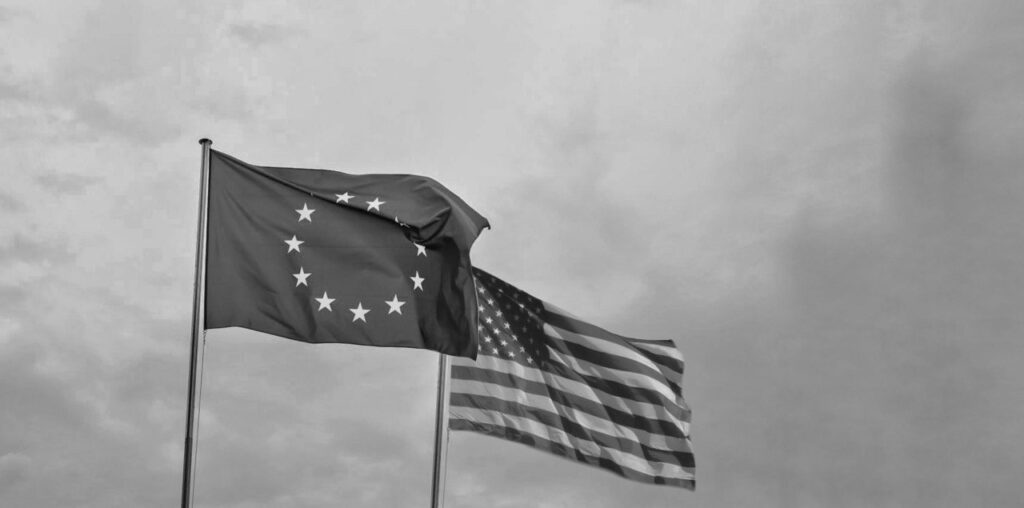The global regulatory framework for biological products is always changing, especially in the United States (USA) and Europe (EU). These changes bring both challenges and opportunities for those who develop and market these products. These new regulatory frameworks, although they require more rigorous compliance and force us to adapt, also ensure products reach the market with stricter safety guarantees and quality control. This not only boosts consumer confidence in biological products, it also opens up new chances for innovation in a safer, more regulated setting.
So, as regulations evolve, it is essential to understand how biological products are defined in different regions and how this can have a significant impact when launching a new product to market.
In the European Union, pesticides are called “Plant Protection Products” (PPP). According to Regulation (EC) 1107/2009, PPPs are products that protect plants against harmful organisms or influence the life processes of plants. However, when the product is designed specifically to boost the efficacy of nutrient use, it is classified as a “biostimulant” under the new regulation on fertilising products 2019/1009.
So, the term biostimulant is defined as a product that stimulates plant nutrition processes with the sole purpose of improving one or several of the following characteristics of the plant or the plant rhizosphere:
- Nutrient use efficiency
- Tolerance to abiotic stress
- Quality traits
- Increased availability of nutrients in the soil or rhizosphere
In the United States, the Federal Insecticide, Fungicide, and Rodenticide Act of 1947 (FIFRA) defines pesticides as any substance or mixture of substances intended for preventing, destroying, repelling or mitigating any pest; or intended for use as a plant regulator, defoliant or desiccant. However, the product is not considered a plant regulator if it is meant as a plant nutrient, inoculant or soil conditioner, categories that are specifically excluded.
The definitions in the EU and US are functionally similar, although the terms they use differ slightly. Both consider products to protect plants against pests and influence growth to be pesticides. However, not all registration processes are the same and factors like species, origin and manufacturing process can affect the data and risk assessment the regulatory agency requires.
Distinguishing between a plant regulator (regulated as a pesticide) and a plant biostimulant (exempt from pesticide regulations in Europe but considered a pesticide under US law) can be complicated given the multiple variables that can condition classification. So, it is important to work with regulatory experts from the very first stages of developing a new biological product to avoid mistakes and streamline the process.
With the right support, you can navigate this complex regulatory environment and make sure your biological products are launched on the global market successfully and profitably.
November 2024
Sun Chemicals Services Team
#EURegulation #USRegulation #Biostimulant #BiologicalProducts #Fertiliser #Europe #RegulatoryCompliance #AgroIndustry #BiostimulantRegistration


